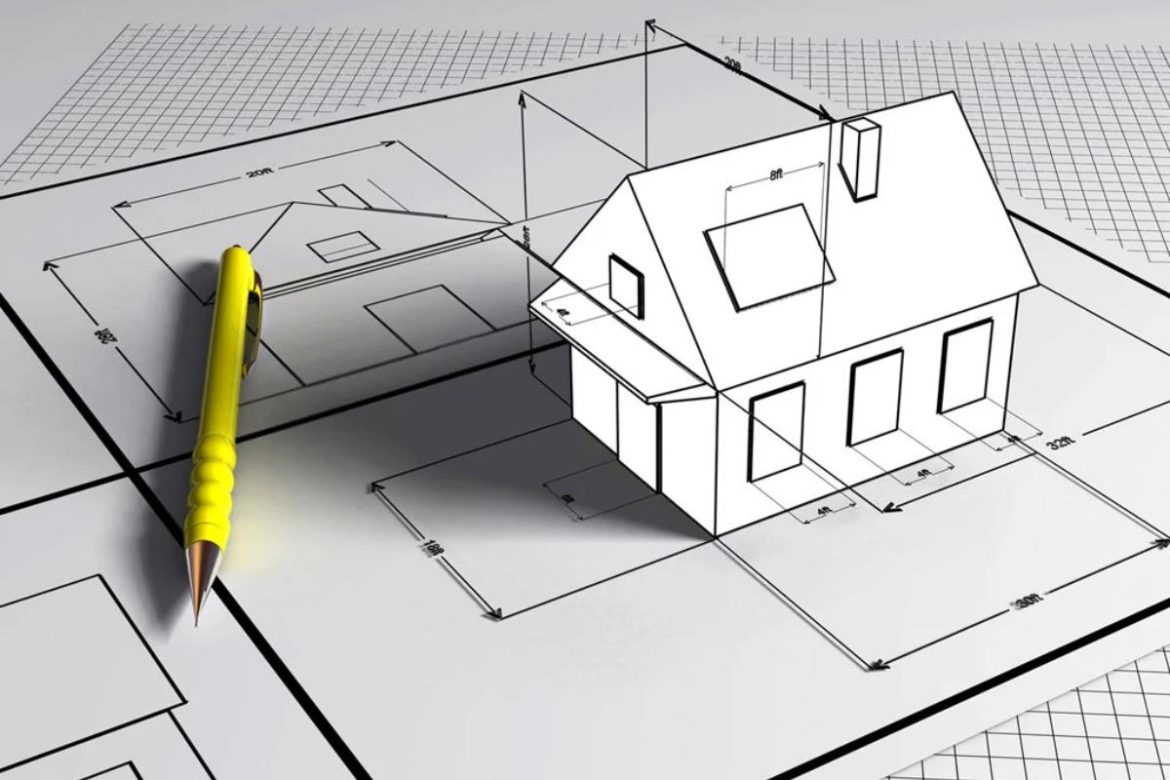In the complex and ever-evolving field of construction engineering, the aspiration for superior quality and efficiency remains a constant. One pivotal method of achieving such excellence lies in accurate architectural drafting. This precision in planning not only enhances the feasibility and viability of a project, but also significantly contributes to its overall success and optimization.
Table of Contents
Leveraging Accuracy in Architectural Drafting
Absolute accuracy in architectural drafting forms the bedrock of a successful construction project. Accurate drafting paints a detailed map of the entire project, including essential specifications such as dimensions, materials, techniques, and workforce requirements. This meticulous drafting aids in eradicating misconceptions while ensuring the project doesn’t become a victim of unwarranted delays or budget overruns.
Mitigating Errors and Misunderstandings
Detailed and precise drafting significantly limits misunderstandings between stakeholders. This clarity in design and requirement ensures that all involved parties such as builders, architects, engineers, and contractors are in alignment. It mitigates the risk of misinterpretations that could potentially lead to wasted time and resources.
Coherent Price Estimation
The accuracy embedded in architectural drafting opens the doors for a coherent and reliable project cost estimation. By encapsulating the entire project scope within these detailed drafts, it becomes easier to avoid miscalculations and deviations in the budget. This forms the foundation for strategic and sound financial planning, proving instrumental in the project’s economic success.
Enhanced Communication and Visualization
Accurate architectural drafting undeniably enhances communication and understanding among project teams. It offers a platform for visual representation of the proposed construction, enabling stakeholders to grasp the project’s specifications, dimensions and final output effortlessly.
One can employ the expertise of professionals like Architectural Drafting Services, which assist with precise drafting. Such services ensure the creation of holistic and detailed illustrations, translating complexities into comprehensible drafts and enhancing project efficiency and feasibility.
The Technological Revolution in Architectural Drafting
The innovation wave brought by technology has indeed been a game-changer for architectural drafting. Tools such as Computer-Aided Design (CAD) software have been pivotal in streamlining and transforming the drafting and designing process, offering a plethora of benefits.
Embrace of CAD Tools
The adoption of CAD software marks a significant milestone in the journey towards achieving precision and consistency in architectural drafting. By systematically eliminating the probability of human errors, these advanced tools fortify the accuracy and detail incorporated in architectural blueprints. CAD software goes beyond merely sketching, equipped with features for easy modifications and revisions. This seamless adaptability increases the efficiency and efficacy of designs, fostering a blueprint that is as dynamic and evolving as the construction project itself.
Integration of Building Information Modeling (BIM)
As we delve deeper into the realm of technology-aided drafting, the integration of Building Information Modeling (BIM) bears special mention. BIM technology, with its ability to construct an intricate 3D model of the proposed structure, dramatically upgrades project delivery. By preemptively spotting potential conflicts or issues in the design stage itself, BIM alleviates costly and time-consuming problems later in the project lifecycle.
Deploying 3D Modeling Services
The last decade has seen an exponential rise in the use of 3d architectural modeling services. These breakthrough services equip architects and designers with a powerful tool for understanding and visualizing complex structures and designs far before tangible construction commences. The boon of visual clarity and predesigned check for conflicts illuminates potential execution challenges during the actual construction phase, ensuring a seamless project progression from concept to reality.
Conclusion
The significance of accurate architectural drafting in enhancing the viability of a project is irrefutable. It serves as a comprehensive instruction manual, addressing potential challenges using preventative measures. This mitigates errors, bolsters effective communication, and contributes to wise budget allocations. The noteworthy progress made through technological integrations such as CAD tools and 3D modeling services has given drafting an essential role in construction. Therefore, the importance of a well-structured, detailed, and precise construction blueprint cannot be overstated as it promises a more streamlined execution and considerable cost savings in the long run.



